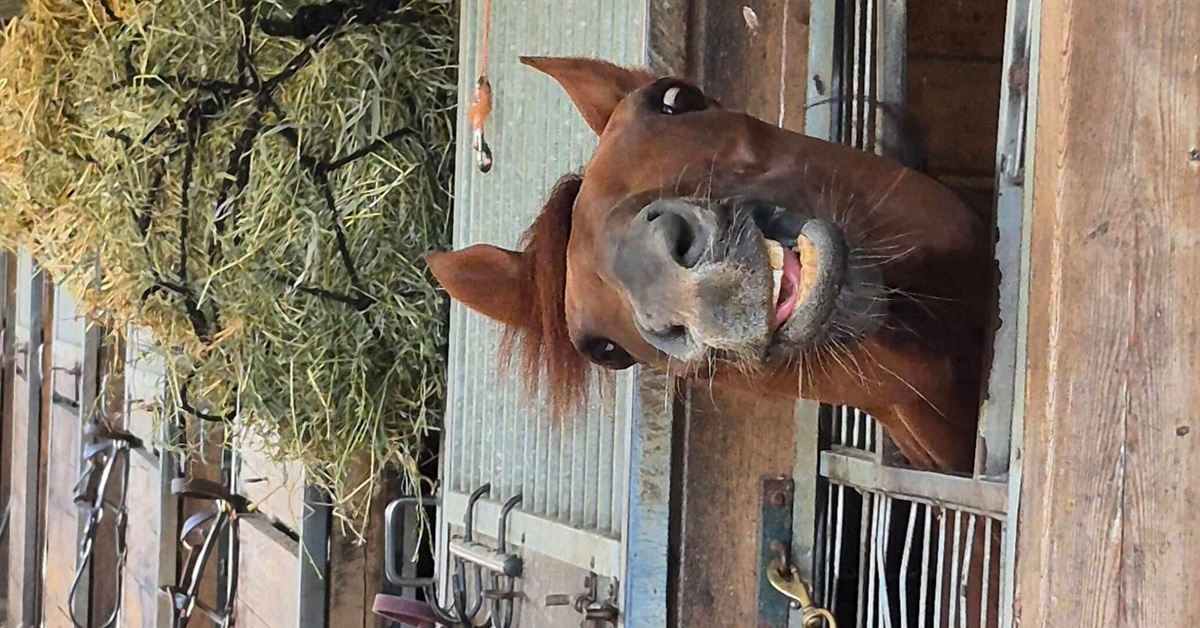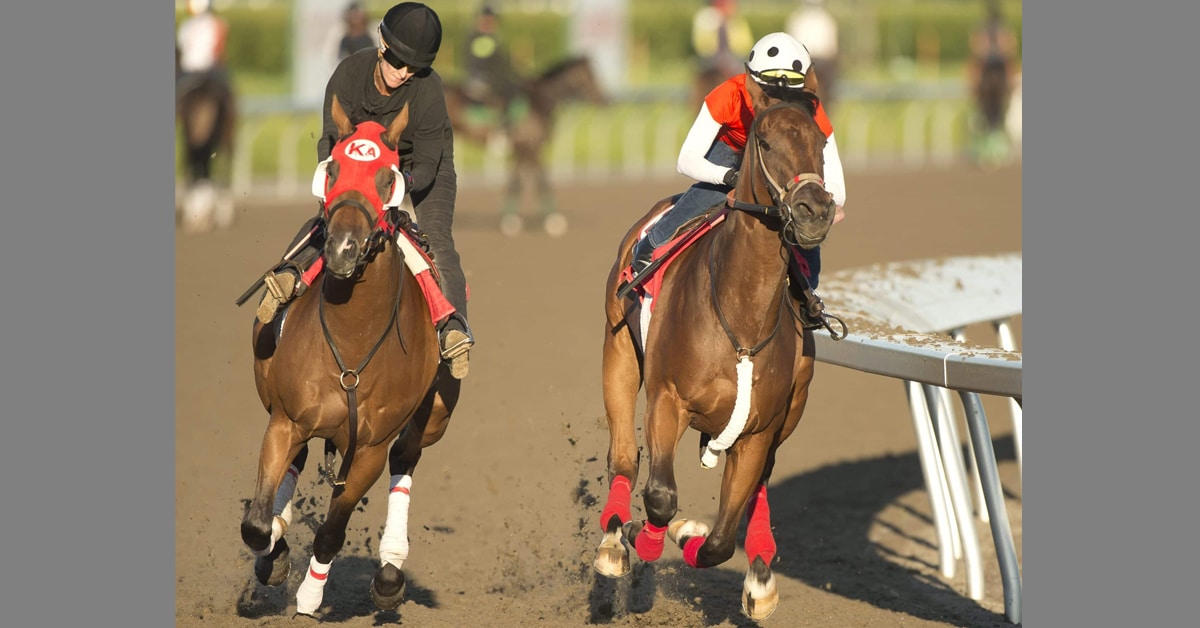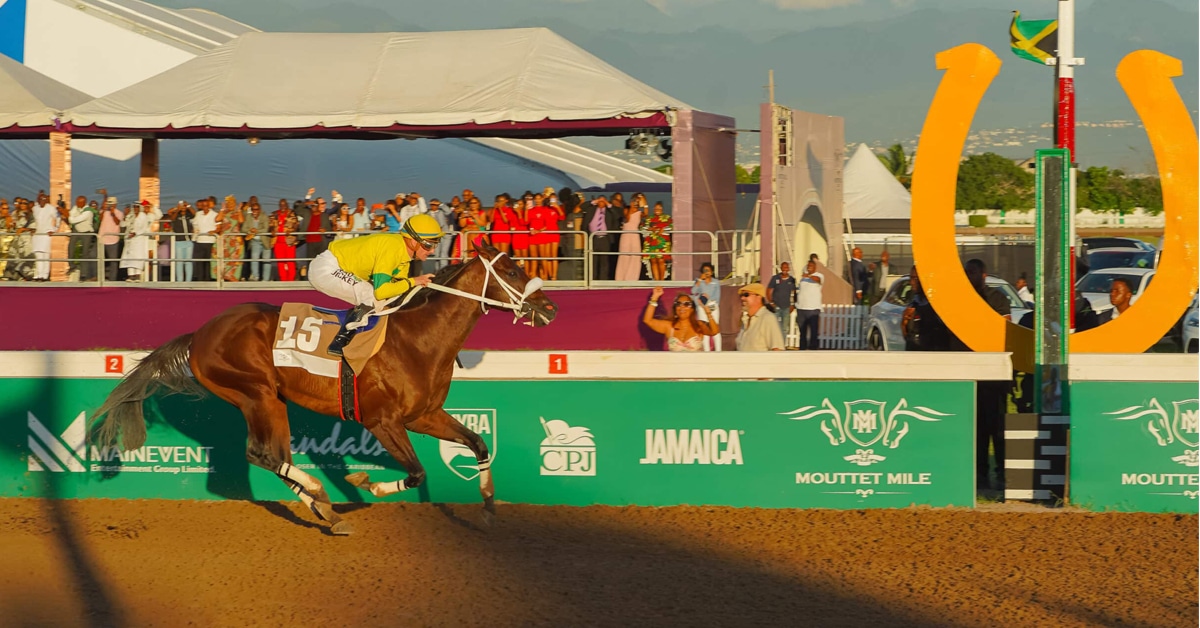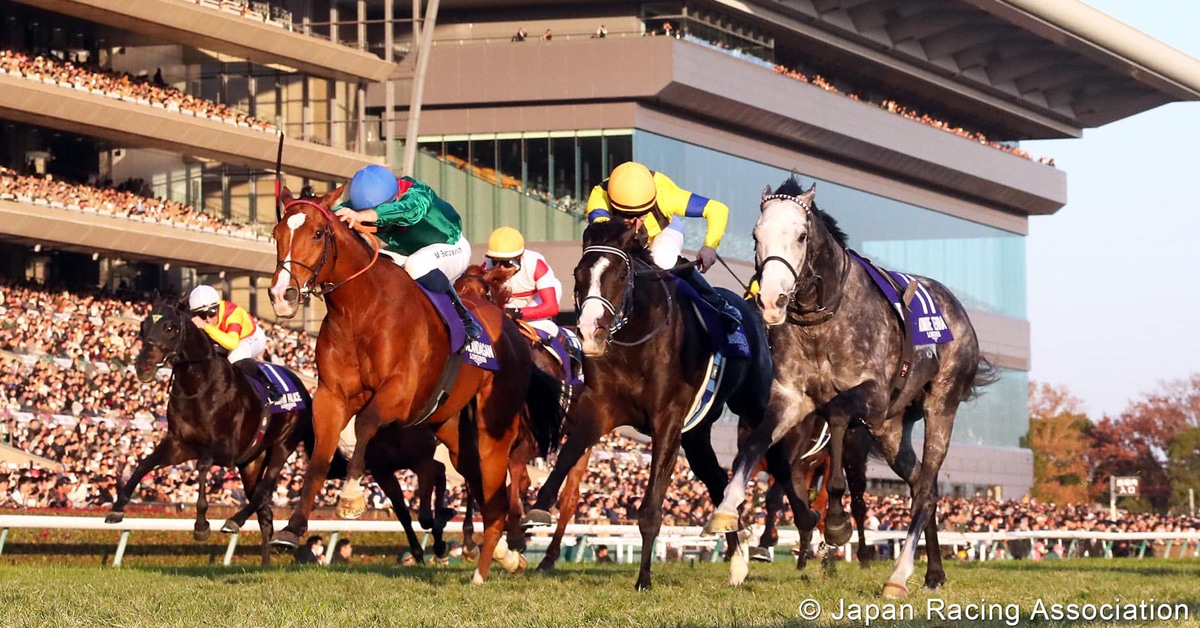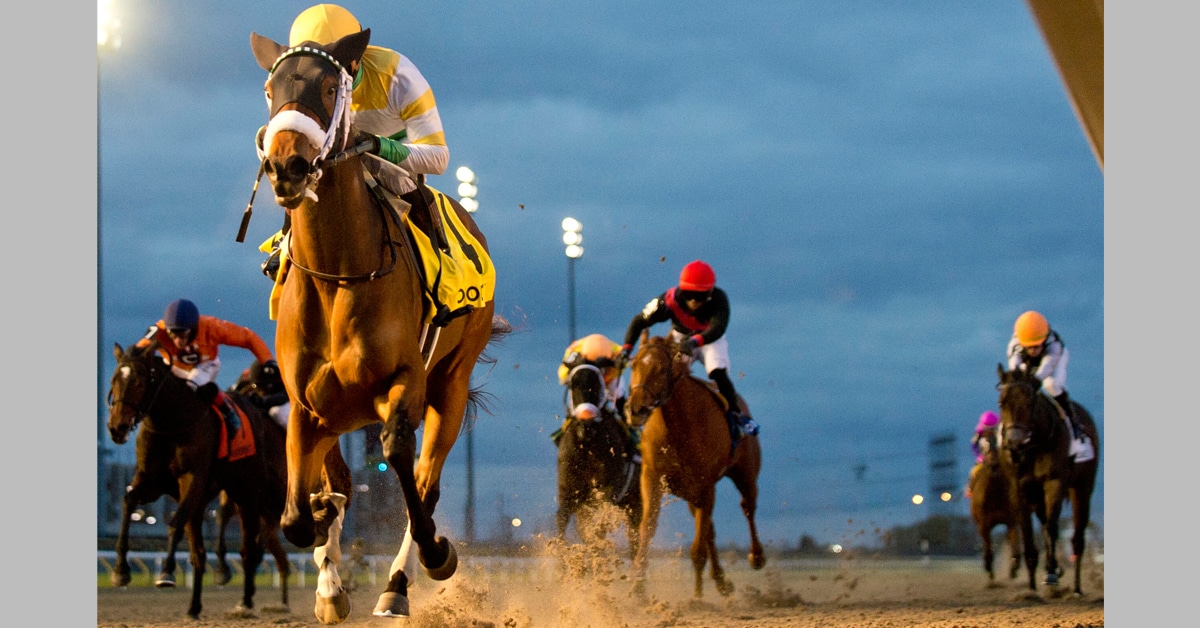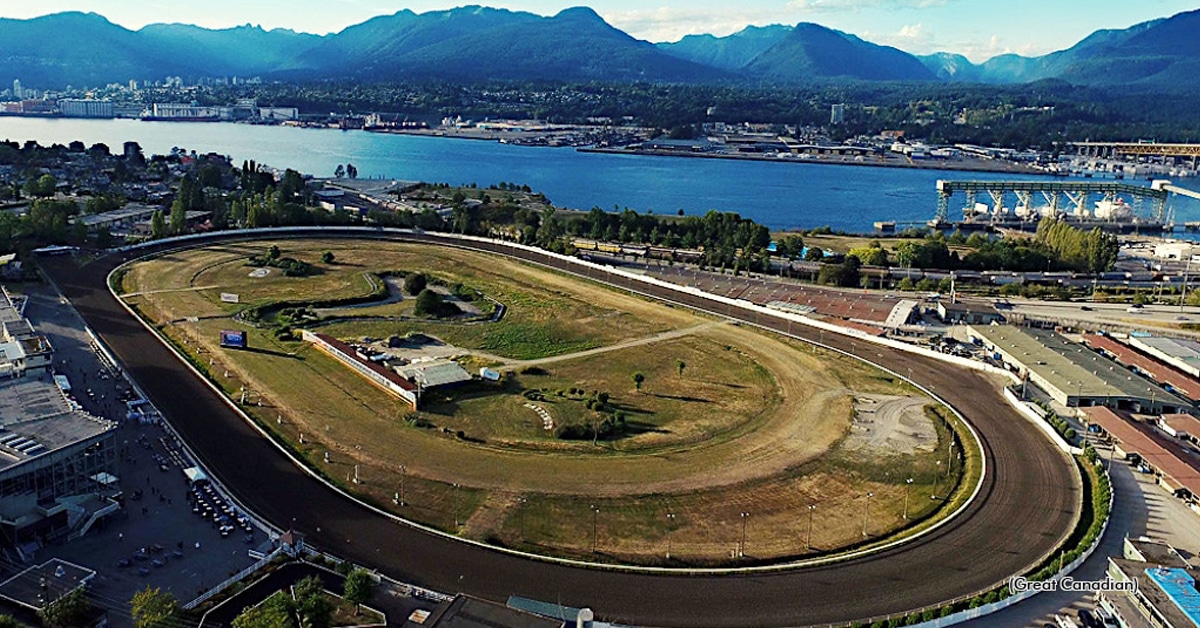A response on behalf of the government-appointed transition panel was sent to Ontario CTHS members. The response highlighted many of the positive conclusions in their Interim Report to clear up any misunderstandings in advance of the Yearling Sales.
“In the Executive Summary of our Interim Report we state:
“The panel concludes that a viable, world-class industry requires public support to sustain its core elements: an adequate number of races, competitive purses, state-of-the art tracks, quality breeding programs, skilled personnel and a growing pari-mutuel wagering pool.”
In the body of the Report we make the following specific observations about the breeding sector:
“As the panel learned, the industry is proud of HIP and believes it has helped make Ontario horse racing and breeding world-class. The program channels revenue into the breeding sector, maximizing the economic impact of racing in Ontario. It has encouraged the quality and competitiveness of Ontario bloodstock. Ontario now ranks fifth among North American jurisdictions in the number of mares bred to thoroughbred stallions. And the number of U.S. mares bred to Ontario standardbred stallions has increased more than 70 per cent over the past four years, pulling in foreign dollars. The program also helps counter intensive competition from neighbouring states like New York, Pennsylvania and Illinois, which are invest huge sums in their horse racing industries.”
We further state in regard to Exports:
“Most importantly, in our Interim Report Finding we outlined a vision for the industry going forward. Though we call for major changes in the industry, there is one important exception, the breeding sector. We quite deliberately stated our Vision included: “ – an Ontario -=based breeding industry – for thoroughbreds, standardbreds and Quarter Horses – including preservation of the world-class Horse Improvement Program and Ontario Sires Stakes, which the panel heard loud and clear are critical for a high-value horse racing industry in the province.”
Since the release of our report, Minister McMeekin has tasked us with seeing whether there is a willingness on the part of industry to work expeditiously on a new partnership model, based on the public interest principles we outlined. As a panel we are encouraged with the public statements from industry participants, most notably OHRIA, expressing their willingness. There is much work to be done over the next few weeks, but we now see a willingness from both the industry and government to work on a new partnership. This is both a major development and a necessary step to move forward.
For greater clarity in advance of the yearling sales, the panel can say with confidence that our Final Report will recommend the maintenance of the OSS and HIP and address the critical issues of ongoing funding.
We would ask the breeding sector to encourage track owners and horsemen across the province to work with us to ensure change where change is needed. We will continue to focus on the other critical components of the Vision we have outlined; “an adequate number of races, competitive purses, states-of-the-art tracks, skilled personnel and a growing pari-mutuel wagering pool.”
These areas will necessitate a willingness of participants to embrace the prerequisites of good public policy, namely:
“Accountability, Transparency. A renewed focus on the consumer. A business case that clearly demonstrates that every dollar invested in the industry is returned to the province through tax revenues generated by the industry’s impact.”
We look forward to continuing to work productively with the industry over the next few weeks.
Elmer Buchanan, John Snobelen & John Wilkinson
More News
